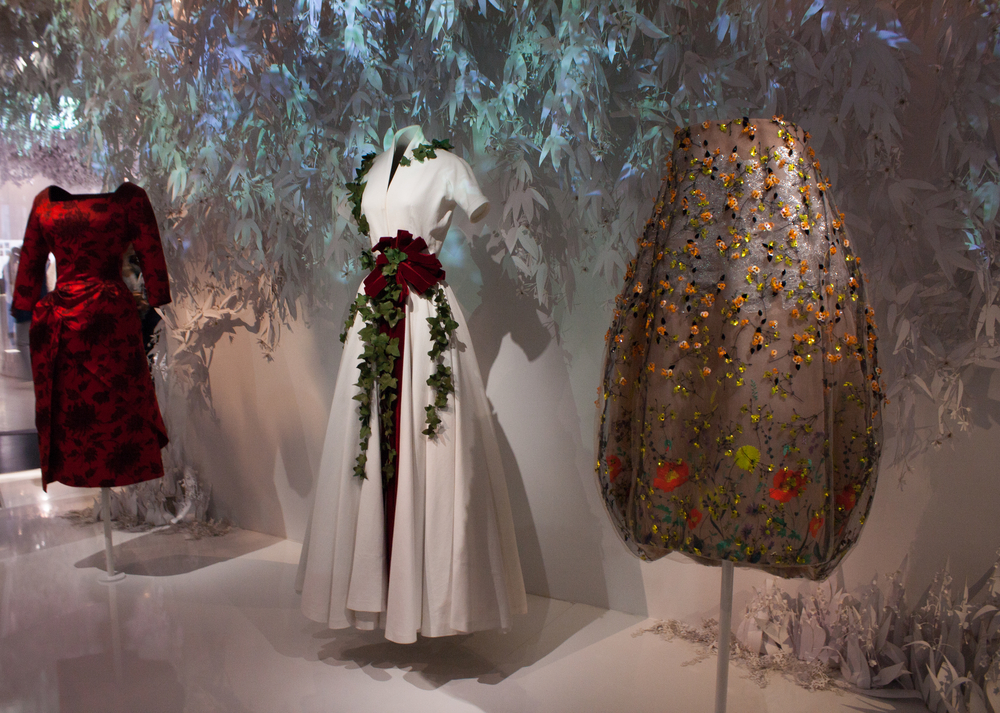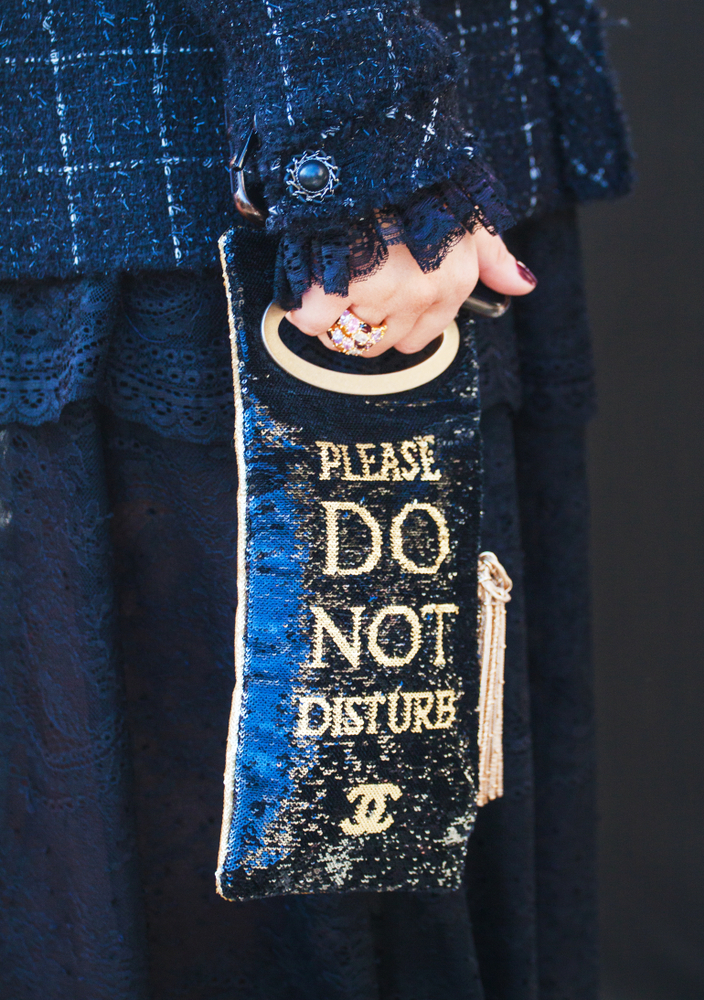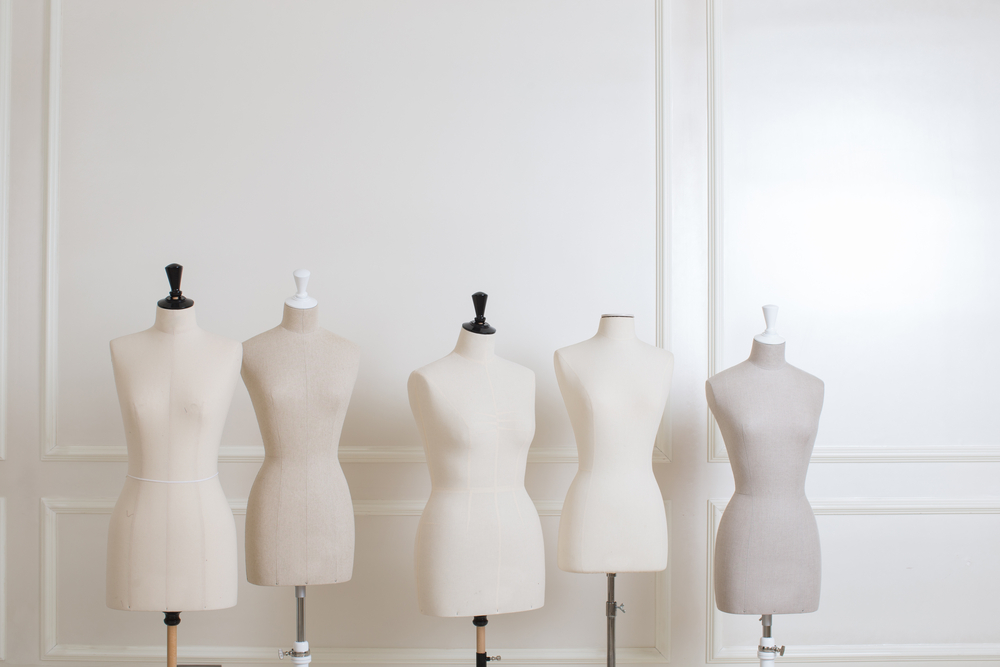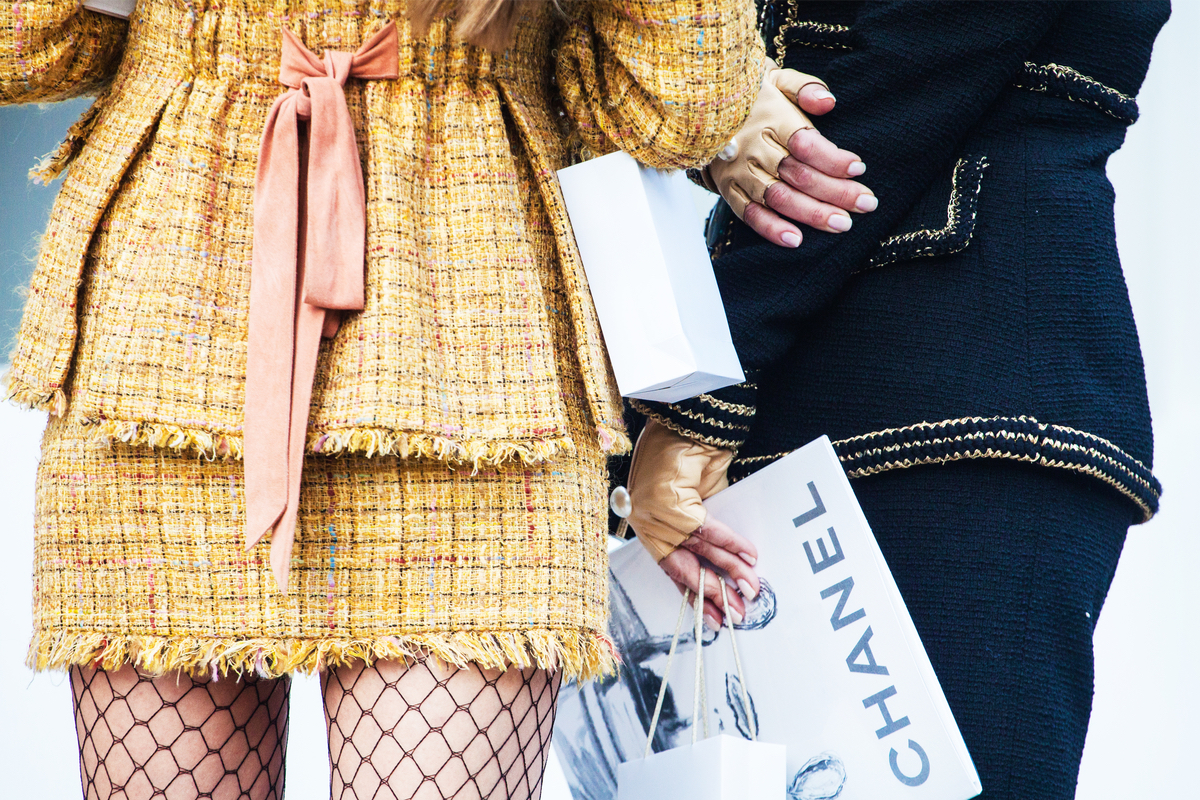You’ve heard about “high fashion”? This is a literal translation of the fashion term “Haute Couture”, from French – ‘high sewing’ or ‘high dressmaking’. Brands like Chanel, Valentino, Giorgio Armani, Christian Dior and Versace are well-known for their haute couture collections.

That’s right, haute couture is the most elite of the fashion forms. And It’s protected in France by strict rules that require an extremely high level of craftsmanship, handwork and attention to detail. In order to be named as Haute Couture, a brand must design made-to-measure pieces for a single client in its own atelier in Paris with at least 20 artisans and must create a minimum of 50 original designs to show every year during the Haute Couture fashion weeks in January and July.
Because of the strict requirements of the Chambre Syndicale de la Haute Couture and the progressively changing industry, some journalists claim that Couture is a dying form of art. Maybe not exactly dying, but liberating, expanding and reforming its fashion form in order to keep up with the pace of the industry.

By updating its fundamental understanding of the fashion week, high fashion opened the doors of Haute Couture Fashion Week 2017 for other, non-couture brands, who specialize in Prêt-à-Porter (Ready-to-Wear), with collections made in standardised sizes and with significantly lower prices. There were 23 labels allowed to show their ready-to-wear collections. And only 13 brands obtained the official invitation to show haute couture collections in January – among them were houses of Christian Dior, Chanel, Valentino, Ulyana Sergeenko; Givenchy and Yiqing Yin were off the list.

In recent years, the lines between haute couture and prêt-à-porter have become blurry due to the decreasing number of designers creating haute couture and the growing business of prêt-à-porter. So, a logical question is – what is happening as a result of this change? The fashion professional Filep Motwary answers with the Haute-à-Porter project, where the curator combines the best of both fashion fields. With this project Motwary is in search for the answer whether the characteristics we associate nowadays with haute couture overlap with the contemporary understanding of prêt-à-porter.

“The greatest characteristic of Haute Couture is the ability to go beyond reality as opposed to Prêt-à-Porter, which needs to be pragmatic and for the masses… And although in this exhibition most of the pieces presented come from prêt-à-porter collections, most of the visitors wonder if indeed this is the case, as many of the pieces speak a very strong language, much stronger than what the streets can take.”, said Motwary.

Although prêt-à-porter is made for the everyday life, this is not always the reality, because some of the ready-to-wear items are showpieces and are not really wearable casually. That’s why Motwary created haute-à-porter – to fill the gap between high fashion and ready-to-wear. He also supposes that’s only the beginning and someday haute-à-porter will become a real fashion term and a focus for a lot of designers, just like haute couture and prêt-à-porter are.